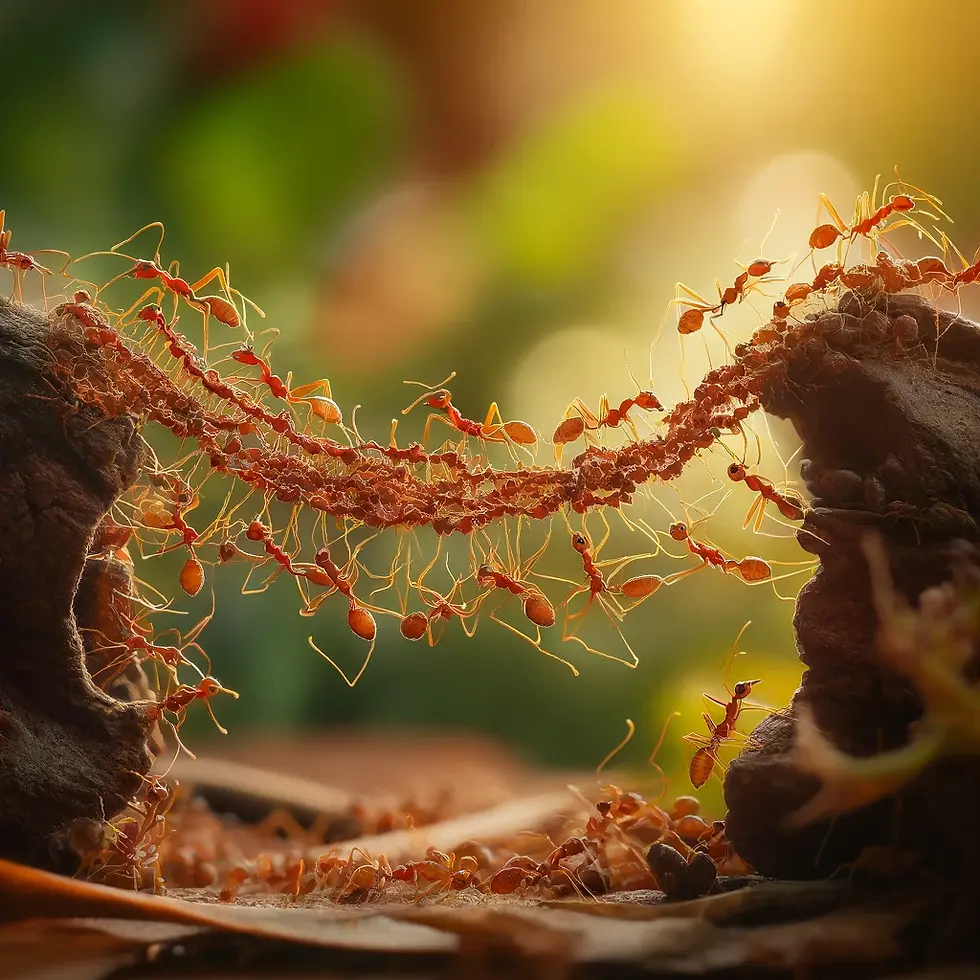
Africa, a continent rich in biodiversity, is not only the home of some of the world's largest mammals but also hosts an astonishing variety of insects. These bugs play pivotal roles in ecosystems, contributing to processes such as pollination, decomposition, and serving as a vital part of the food web. Here’s an insight into the fascinating world of African bugs, their ecological roles, where to find them, their unique types and traits, reasons to admire them from a distance, and some intriguing facts.
Vital Roles in the Ecosystem
African insects are indispensable to their environments. Many species are pollinators, while others help break down organic matter, returning nutrients to the soil. Predatory bugs help control populations of other insects, preventing the overpopulation of certain species and the spread of plant diseases.
Where to Find African Bugs
Insects thrive across all of Africa's diverse habitats, from the Sahara Desert’s arid expanses to the lush jungles of the Congo. Specific bugs are adapted to particular environments, making different regions home to unique insect populations. For instance, the moist and dense forests of Central Africa are hotspots for various beetle and butterfly species, while the savannas of East Africa support numerous grasshoppers and locusts.
Types of African Bugs and Their Fame
1. Africanized Honey Bees
Often called "killer bees," these are notorious for their aggressive behavior and rapid colonization. They play a significant role in pollination but are also famous for their defensive nature.

2. Tsetse Fly
Found in Sub-Saharan countries, these flies are infamous for transmitting Trypanosomiasis, also known as sleeping sickness. They are a major health concern in rural Africa.

3. Dung Beetles
These beetles are famous for their ecological role of recycling waste. They can bury dung 250 times heavier than themselves in one night, which fertilizes the soil and aids seed dispersion.

4. Mopane Worms
Actually caterpillars of the emperor moth, these are not only crucial for nutrient cycling but are also an important source of protein for local populations.

5. African Monarch Butterflies
Known for their striking patterns and colors, these butterflies are similar to their North American cousins and play essential roles in pollination.

Reasons to Maintain a Respectful Distance
While many African insects are harmless, others can be hazardous. Some species, like the Africanized honey bee, can become aggressive if provoked. The tsetse fly can transmit diseases to both animals and humans. Moreover, insects like mosquitoes are vectors for malaria, which is a major health issue in many parts of Africa. Caution and respect for their natural behavior are essential when observing or studying these creatures.
Interesting Facts
Bioluminescent Beetles
Africa hosts several species of glowing beetles, which use bioluminescence to attract mates or prey.

Goliath Beetles
Some of the largest beetles in the world, Goliath beetles can be found in many African rainforests. They are known for their massive size and strength.

Ants Building Bridges
Army ants are known to build living bridges with their bodies, demonstrating complex social behavior and cooperation.

In conclusion, the bugs of Africa are as varied and fascinating as the continent itself. They are not only essential to their ecological niches but also embody the extraordinary adaptability and diversity of nature. While some can pose dangers, their presence is crucial for the health of their ecosystems, and they offer endless opportunities for scientific study and environmental appreciation.

Comments